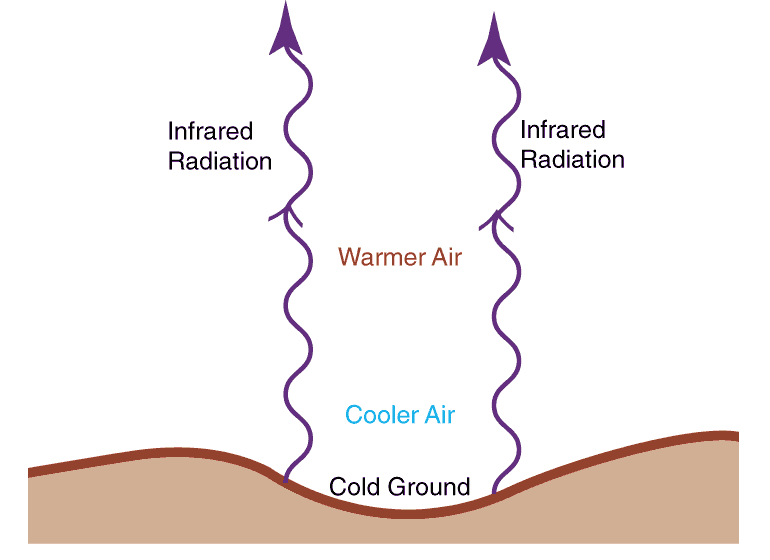Radiation Inversions
 |
|
|||||||
Picture from http://www.atmos.washington.edu/~cliff/Roadway2.htm
|
||||||||
 |
|
|||||||
| Back |
Background image from iweb.tntech.edu/ehart/
Radiation Inversions
 |
|
|||||||
Picture from http://www.atmos.washington.edu/~cliff/Roadway2.htm
|
||||||||
 |
|
|||||||
| Back |
Background image from iweb.tntech.edu/ehart/